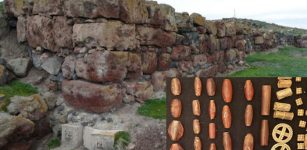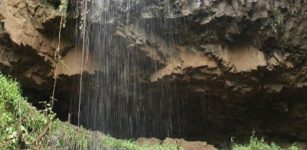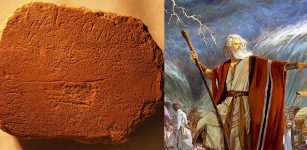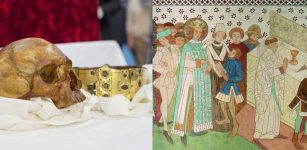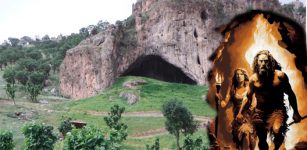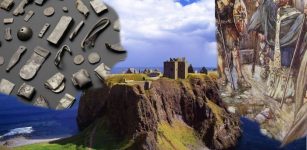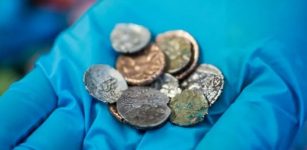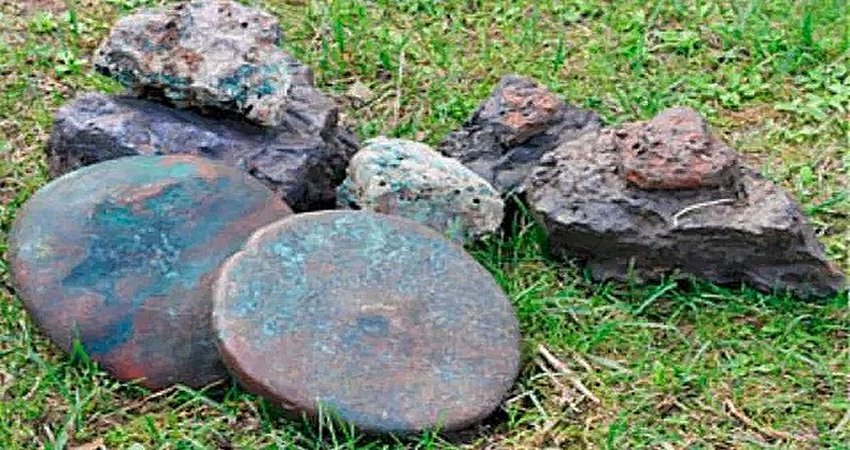Ancient People Of Chaco Canyon With Six Fingers And Six Toes Were Special
MessageToEagle.com – A person living in ancient Chaco Canyon who had six fingers or six toes was considered special among the Pueblo people.
Having an extra toe or finger was one way to garner a plenty of respect.
Polydactyly, a condition in which a person or animal has more than five fingers or toes on one, or on each, hand or foot has been encountered world-wide, both in ancient as well as modern times.
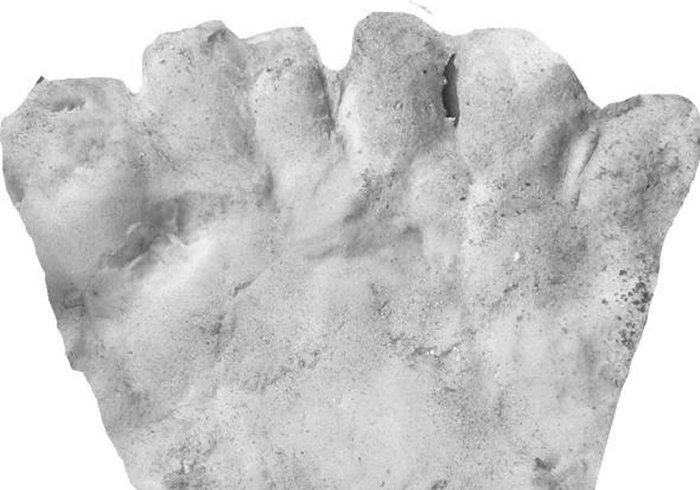
Past research has up to now revealed only hints about its importance to the ancient culture.
Initially intrigued by the divine powers attributed to polydactyls among the Maya, researchers led by anthropologist Patricia Crown of the University of New Mexico conducted a comprehensive review of evidence for the condition at the canyon’s sacred Pueblo Bonito site.
See also:
The ‘Anasazi’ Mystery: Sophisticated Civilization That Disappeared
Bandelier National Monument: Unusual Ancient Ruins Of Pueblo People In The Southwest
Ancient Ruins Of Hovenweep: Impressive Puebloan Masonry
Sophisticated Masonry In Anasazi Dwelling Ruins At Mesa Verde National Park, Colorado, USA
To learn more about polydactyls scientists analyzed 96 skeletons excavated from Pueblo Bonito. Researchers also examined ancient swellings in Chaco Canyon that are also adorned with relics and imagery of feet, many of which have extra toes. The researchers also found several sandals, sandal-shaped stones, and images of sandals, which all include evidence of a jog feature to accommodate an extra toe.
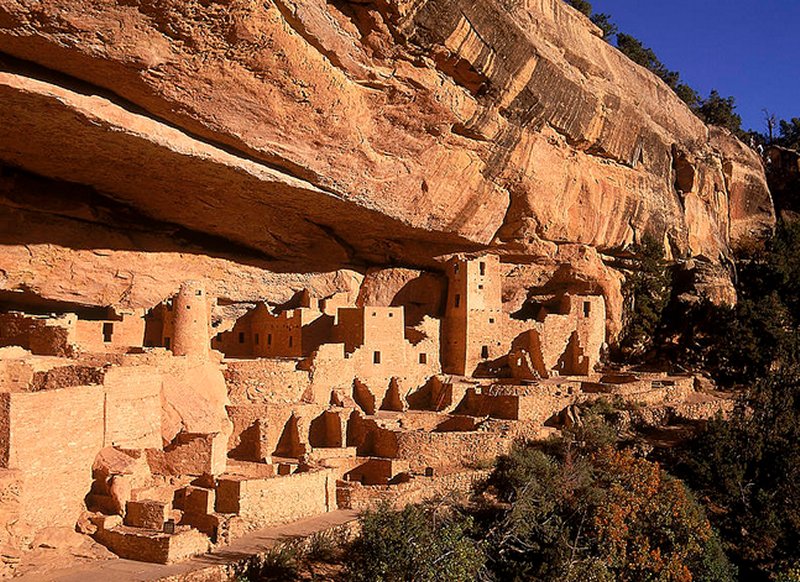
Patricia Crown and her team have now discovered that people with extra digits were treated as special, and they were treated with a lot of respect. The ancient Chaco Canyon society did not view six-toed individuals as supernatural, but this form of polydactyly did grant them exalted status in life and in death.
“We found that people with six toes, especially, were common and seemed to be associated with important ritual structures and high-status objects like turquoise,” Crown said.
The pedal art and ornaments suggest that polydactyly was a respected and familiar physical trait, and not merely an artistic or mythical representation.
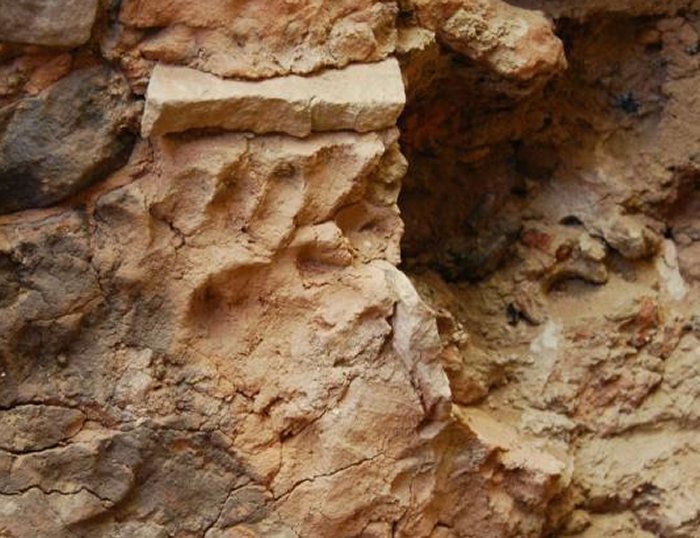
PHOTOGRAPH BY PATRICIA L. CROWN
What scientists still haven’t been able to figure out is why the rate of polydactyly was higher among the Chacos compared to other regions nearby.
One possibility is genetic inheritance – minor developmental anomalies, like short fingers and toes, are often passed from generation to generation.
Another hypothesis, speculating that the frequency of extra digits in the population may indicate there was an environmental trigger in Chaco Canyon. Possible triggers could include exposure to hazardous substances during pregnancy, or specific components of a mother’s diet while pregnant.
MessageToEagle.com


